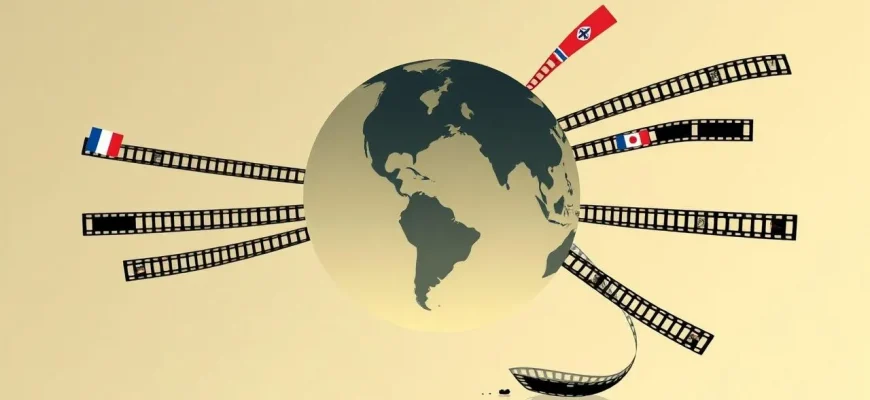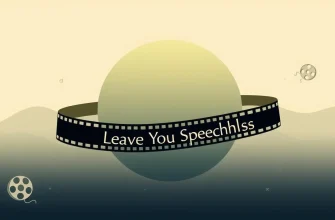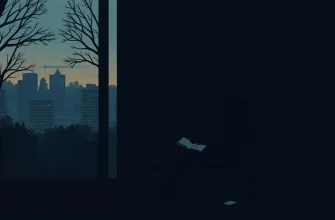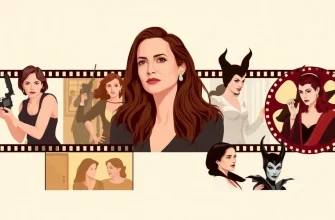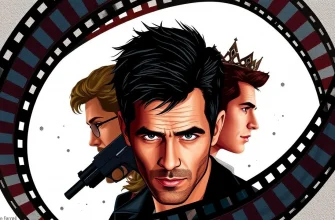This curated list of the greatest films from around the world offers a cinematic journey through different cultures, languages, and storytelling techniques. Each film has left an indelible mark on global cinema, providing not just entertainment but also a profound understanding of human experiences across diverse backgrounds. This collection is invaluable for film enthusiasts looking to expand their horizons and appreciate the universal language of film.
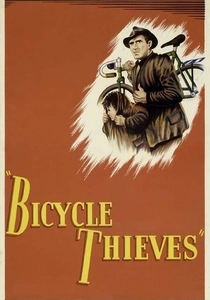
The Bicycle Thieves (1948)
Description: Vittorio De Sica's neorealist film about a father and son's desperate search for a stolen bicycle in post-war Rome is a poignant exploration of poverty and human dignity.
Fact: The film was shot on location with non-professional actors, capturing the raw essence of post-war Italy. It won an honorary Oscar for its social relevance.
 Watch Now
Watch Now 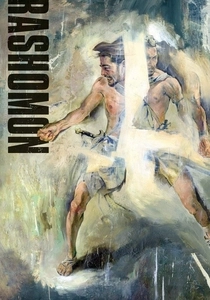
Rashomon (1950)
Description: Another Kurosawa classic, this film explores the subjectivity of truth through the retelling of a crime from multiple perspectives, influencing narrative techniques in cinema.
Fact: The film's success helped introduce Japanese cinema to the Western world, winning the Golden Lion at the Venice Film Festival.
 Watch Now
Watch Now 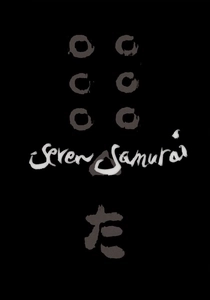
Seven Samurai (1954)
Description: Akira Kurosawa's masterpiece about a village hiring seven ronin to defend against bandits is a cornerstone of world cinema, influencing countless films with its narrative structure and character development.
Fact: The film was shot over a year, and the set was so realistic that it was used for other films. It was also one of the first Japanese films to gain widespread international acclaim.
 Watch Now
Watch Now 
Cinema Paradiso (1988)
Description: Giuseppe Tornatore's nostalgic tribute to cinema, following a young boy's friendship with a projectionist, captures the magic of movies and the passage of time.
Fact: The film was originally much longer, with a director's cut that includes additional scenes not seen in the theatrical release.
 Watch Now
Watch Now 
Amélie (2001)
Description: Jean-Pierre Jeunet's whimsical tale of a shy waitress who decides to change the lives of those around her, while struggling with her own isolation, is a visual and emotional feast.
Fact: The film's distinctive color palette was achieved through extensive post-production work, and it has inspired numerous parodies and homages in pop culture.
 Watch Now
Watch Now 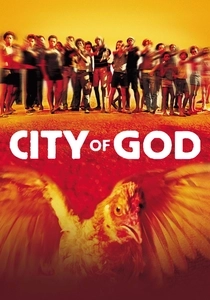
City of God (2002)
Description: Fernando Meirelles' gritty portrayal of life in the slums of Rio de Janeiro, focusing on the rise of a young drug dealer, is both a thrilling narrative and a social commentary.
Fact: Most of the cast were non-actors from the favelas, providing authenticity to the film's depiction of life in the slums.
 Watch Now
Watch Now 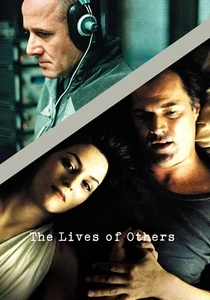
The Lives of Others (2006)
Description: Florian Henckel von Donnersmarck's film about a Stasi officer who becomes emotionally involved with the lives of the people he is surveilling offers a chilling look at surveillance and personal transformation.
Fact: The film was the first German movie to win the Oscar for Best Foreign Language Film since
 Watch Now
Watch Now 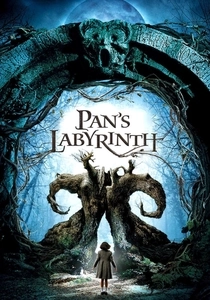
Pan's Labyrinth (2006)
Description: Guillermo del Toro's dark fantasy set against the backdrop of post-Civil War Spain intertwines a young girl's fantastical escape with the harsh realities of fascism.
Fact: The film's creatures were designed by del Toro himself, and the movie was shot in English and Spanish, with the English version being dubbed by the original cast.
 Watch Now
Watch Now 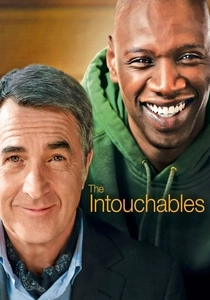
The Intouchables (2011)
Description: This French film about an aristocrat who becomes a quadriplegic from a paragliding accident and hires a young man from the projects to be his caregiver, is both heartwarming and insightful.
Fact: The film was inspired by a true story, and it became one of the most successful French films of all time.
 Watch Now
Watch Now 
Oldboy (2003)
Description: Park Chan-wook's revenge thriller about a man imprisoned for 15 years without explanation, then released to seek vengeance, is known for its shocking twists and intense storytelling.
Fact: The famous one-shot hallway fight scene took three days to film, and the film has been remade in Hollywood.
 30 Days Free
30 Days Free 
